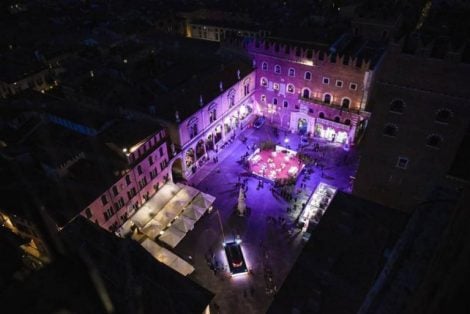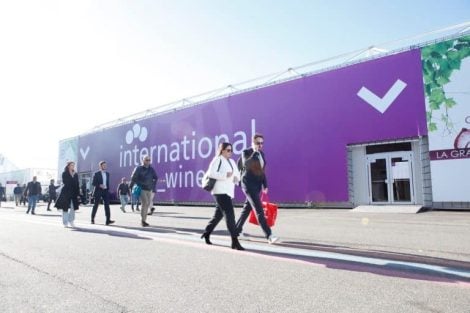by Paolo Manfredi
I have always been convinced that any cultural expression, particularly in the realm of material culture such as gastronomy, cannot completely detach itself from the system of symbols, customs, social and economic rationale that have shaped it over time. If it does, it risks losing its identity, and consequently, its meaning and interest—even commercially, if the goal is to sell products and experiences.
Standardisation: our gastronomic future at risk
This applies, of course, to Italian food and wine, whose developments and future this magazine rightly observes and safeguards. Today, we find ourselves at a crossroads: shifting consumer habits, a luxury crisis, climate change, and tangible threats to key markets, all while the domestic market weakens. This is not about a chef—or several chefs—lamenting hard times, which is of limited interest. Instead, we are witnessing a radical shift in expectations and values, which inevitably impacts the products that embody these values. Put simply: if the experience of Italian lifestyle is reduced to overtourism-friendly fast food and dealcoholised wines (a horror—gustatory, productive, and above all, cultural), what will remain for future generations? I fear very little—not out of conservatism, but because it is absolutely true that what we eat and drink today is the product of constant and successive innovations and changes. However, these have always occurred within a structurally solid and enduring cultural framework.
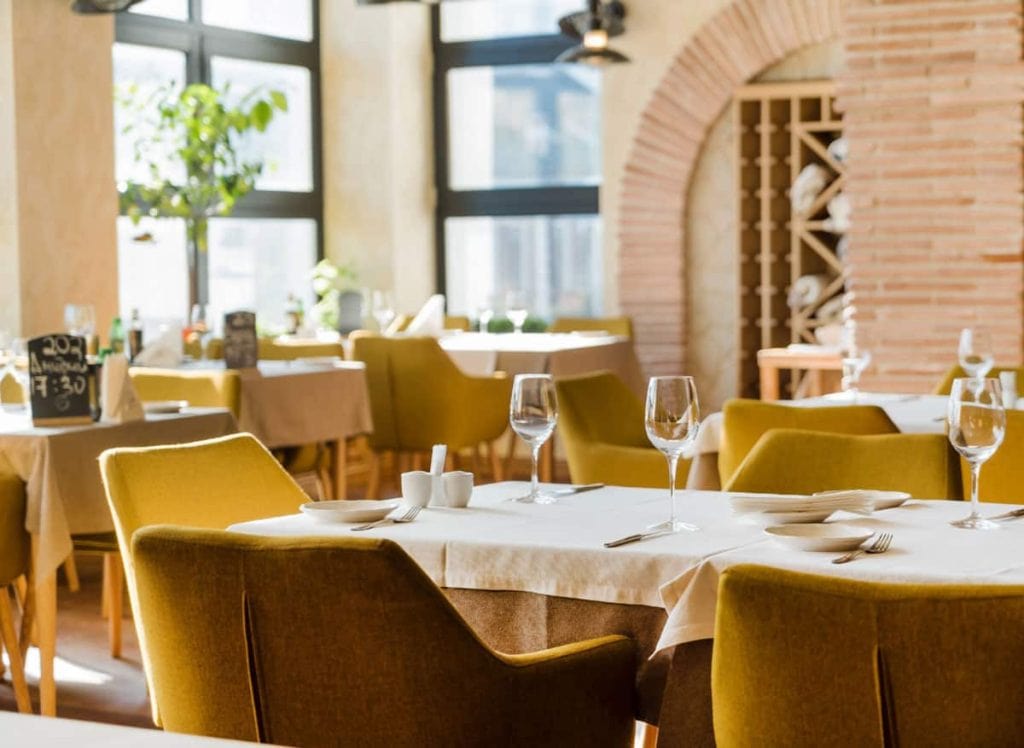
Let’s rediscover the vast variety of ingredients we have
A fundamental element of this framework is (or was) the immense variety and diversity of products and their uses, reflecting a country that spans a multitude of climates, has been influenced by countless civilisations and cultures, and is fundamentally defined by its provinces and their thousands of municipalities. The family has always been the primary custodian of gastronomic knowledge and taste. Within the family unit, lunch was the key moment for exchanging knowledge at the table—a tradition that prioritised it over breakfast, which has never been central to our culture, and dinner, a more recent and far less fruitful tradition. Lunch meant children returning home from school or workers taking a break—whether at home or in a trattoria, another hub for the exchange of culinary wisdom.
The trivialisation of a central ritual like lunch
Today, at least in cities and certainly for the middle class, lunch is no longer a moment to recharge, enjoy light social interaction, and, above all, participate in one of the great privileges of living in Italy—food. Instead, it has become a daily form of degradation. People eat at their desks, consuming supermarket-ready meals, last night’s leftovers, or delivery packages. Alternatively, they eat in soulless venues or chains, consuming ultra-processed, preserved, and ultimately flavourless food. They sustain themselves, just as they dress themselves—without grace.
If we stop loving beauty, we become ugly
Is this just the market at work? Perhaps. But I must reiterate something I have written before and feel strongly about: this trivialisation of rituals affects not only us as individuals but also our culture and its future. If you stop eating well, dressing well, and beautifying the spaces where you live and walk, for your children and grandchildren, ugliness, banality, and blandness will become the norm. They will neither consume nor even know how to offer anything better to the world. Today’s market is devouring the market of the future.
Reopen the trattorias: honest, market-driven cuisine
This is why, if we believe in the value of Italian gastronomy—a value that has made many chefs, even those who now complain, very wealthy—then we must start by restoring dignity to lunch. We must reopen trattorias, offering just a few dishes made from seasonal ingredients bought at the market, not from distributors who monopolise taste uniformity and inflate prices. Perhaps we could even return to the idea of a tablecloth—why not?—and a hint of proper service. After all, paying a premium to eat slop from a paper plate while acting as your own waiter is hardly ideal. This is also a message for restaurateurs who, between their main restaurant, bistro, and collaborations, are all now serving the same things.
Let’s rediscover the culture that created our dishes
Difficult, you say? Of course it is—just like all necessary and countercultural things. But if we fail to do this, if we do not commit to passing down not just individual dishes but an entire way of eating and living—a culture that conceived those dishes—then attracting tourists to Italy for a poke bowl and dealcoholised wine will be a much harder sell.


 "From 2nd April, US tariffs between 10% and 25% on wine as well." The announcement from the Wine Trade Alliance
"From 2nd April, US tariffs between 10% and 25% on wine as well." The announcement from the Wine Trade Alliance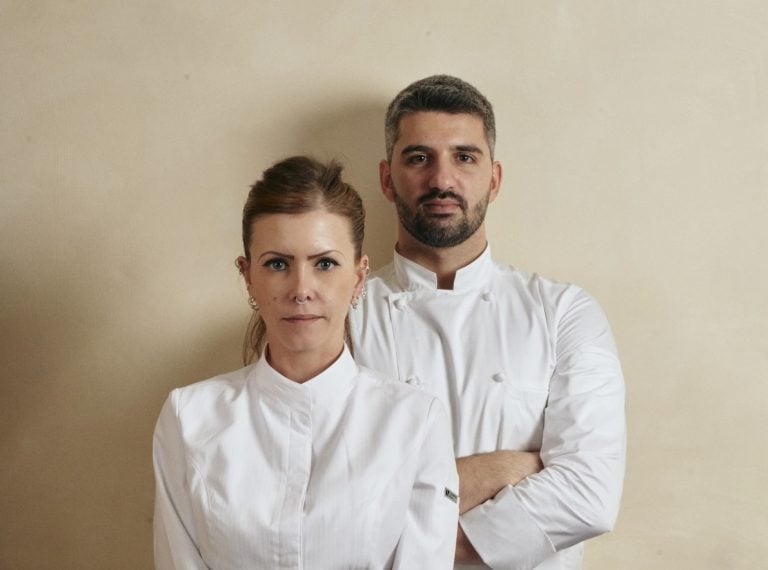 Michelin surprise: in France, the guide rewards Italian chefs
Michelin surprise: in France, the guide rewards Italian chefs Vinitaly 2025: "Piwi should not be included in the DOCs. Dealcoholised wines? I have changed my mind." Angelo Gaja's position
Vinitaly 2025: "Piwi should not be included in the DOCs. Dealcoholised wines? I have changed my mind." Angelo Gaja's position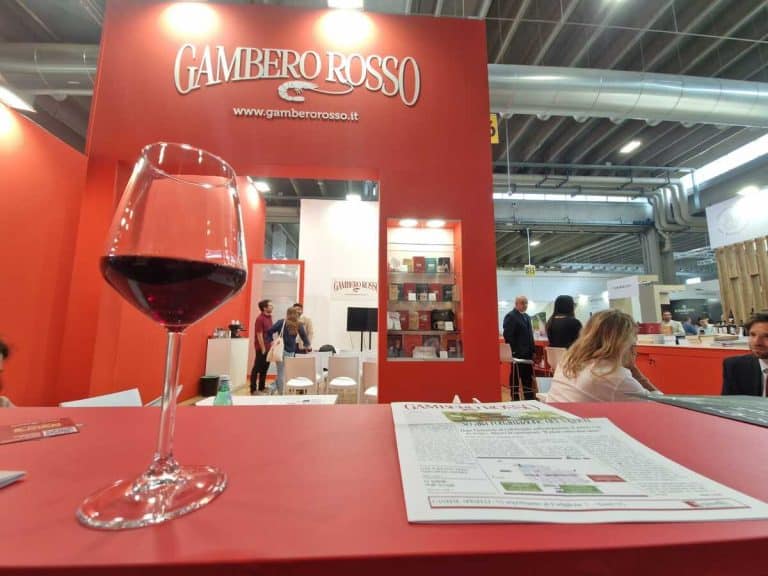 Vinitaly 2025: here are all the events by Gambero Rosso. Tre Bicchieri, debates, TV and much more...
Vinitaly 2025: here are all the events by Gambero Rosso. Tre Bicchieri, debates, TV and much more... A giant rice grown in the land of buffaloes: the story of a bourbon edict
A giant rice grown in the land of buffaloes: the story of a bourbon edict


